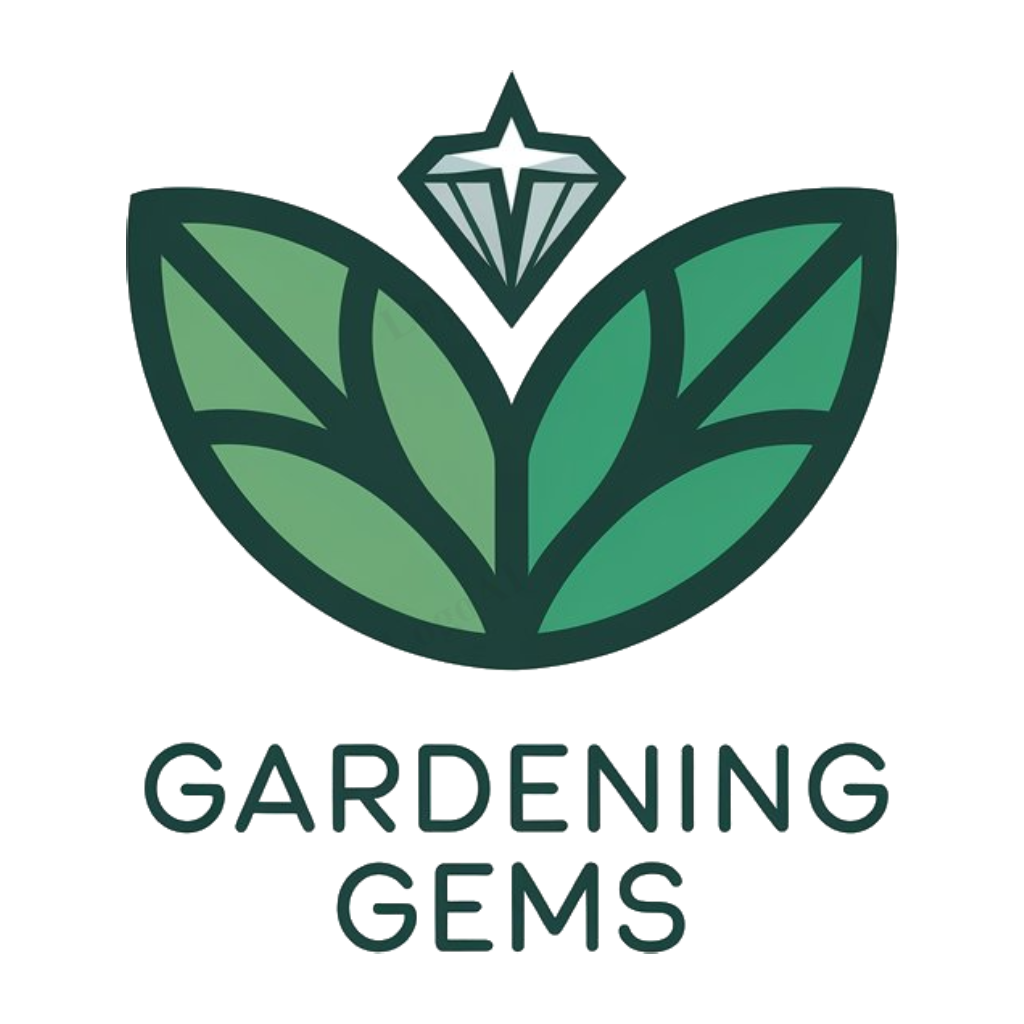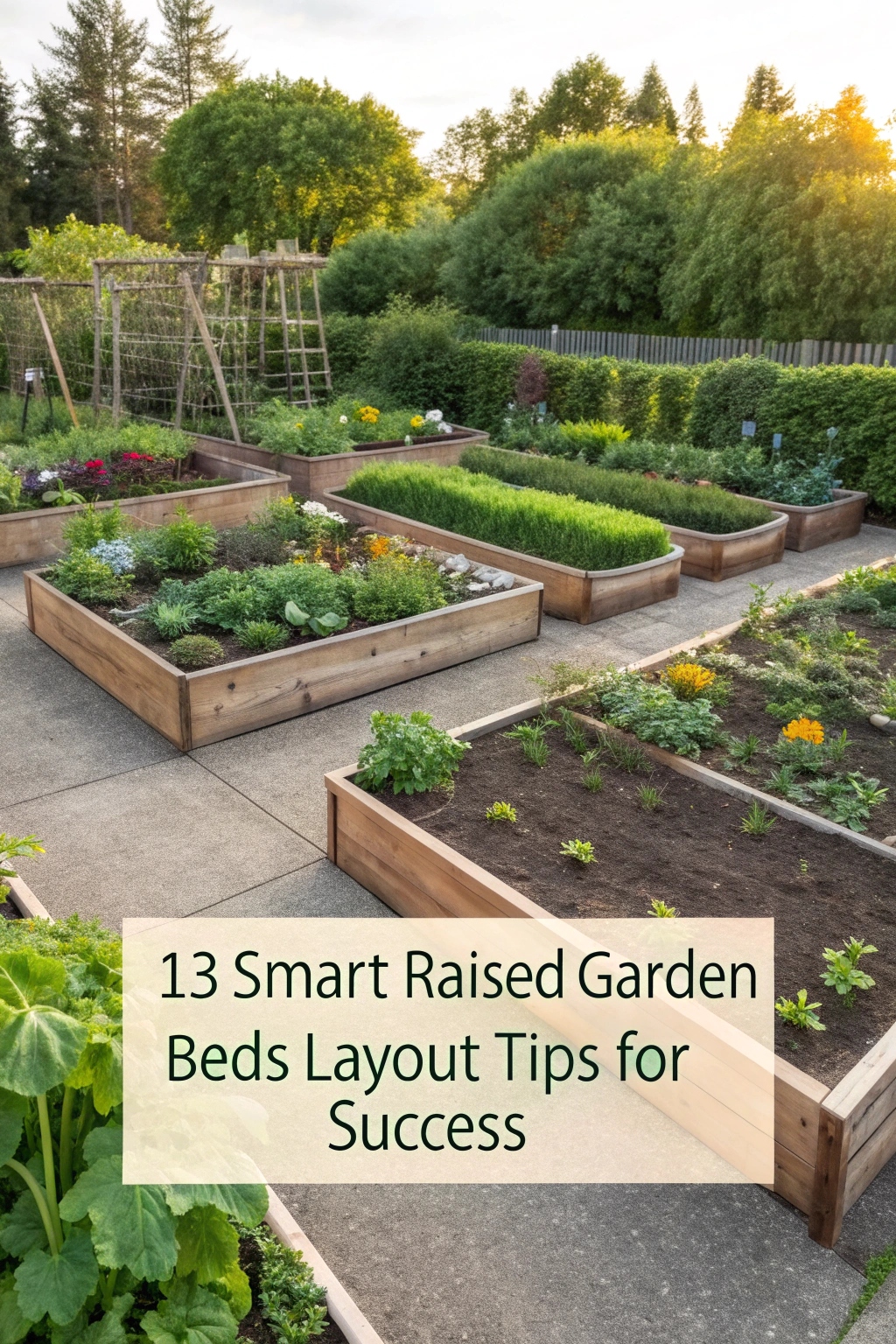When designing a raised garden bed, it’s essential to start by checking how much sunlight and shade your yard gets. This will help you pick the perfect spot for your garden. You’ll also want to think about the size and shape of your bed to make sure it fits your space.
Proper planning is key to creating a successful garden, and with a little thought, you can grow your favorite fruits and vegetables easily. By following some simple tips, you can make your garden efficient and productive. This will help you achieve a beautiful and thriving garden that you’ll love.
Assessing Your Yard’s Sunlight and Shade Patterns
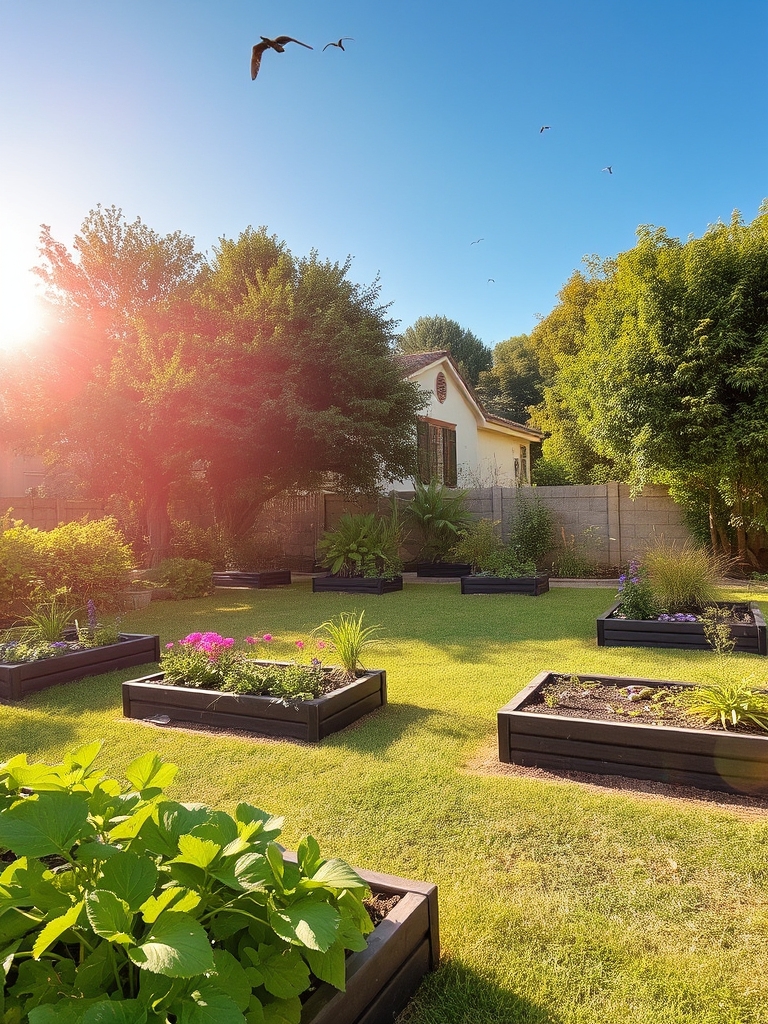
Evaluating your yard’s sunlight and shade patterns is vital for a thriving raised garden bed. Observe which areas receive direct sunlight, partial shade, or full shade throughout the day to determine the best layout for your plants’ specific needs. This examination will help you place plants accordingly, ensuring ideal growth and productivity.
Choosing the Right Raised Bed Size and Shape
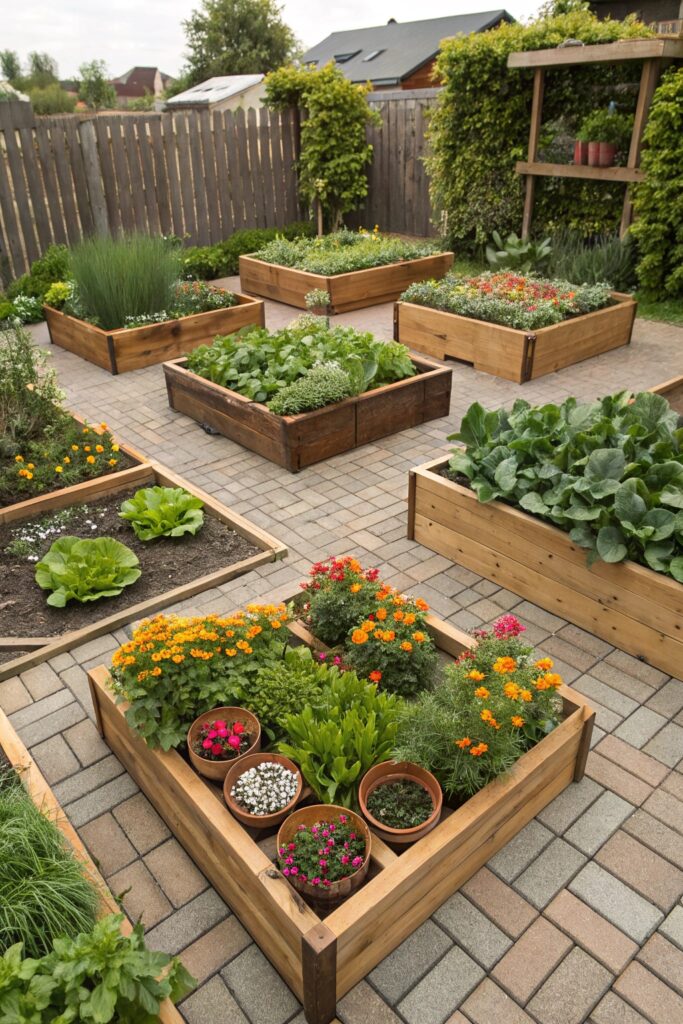
When choosing the right raised bed size and shape, consider the space available, intended use, and accessibility. Typically, beds are 4-8 feet wide and 8-12 feet long, allowing easy reach from either side. Rectangular, square, or circular shapes can be used, depending on the desired aesthetic and functional needs of the garden.
Planning for Proper Drainage and Water Flow
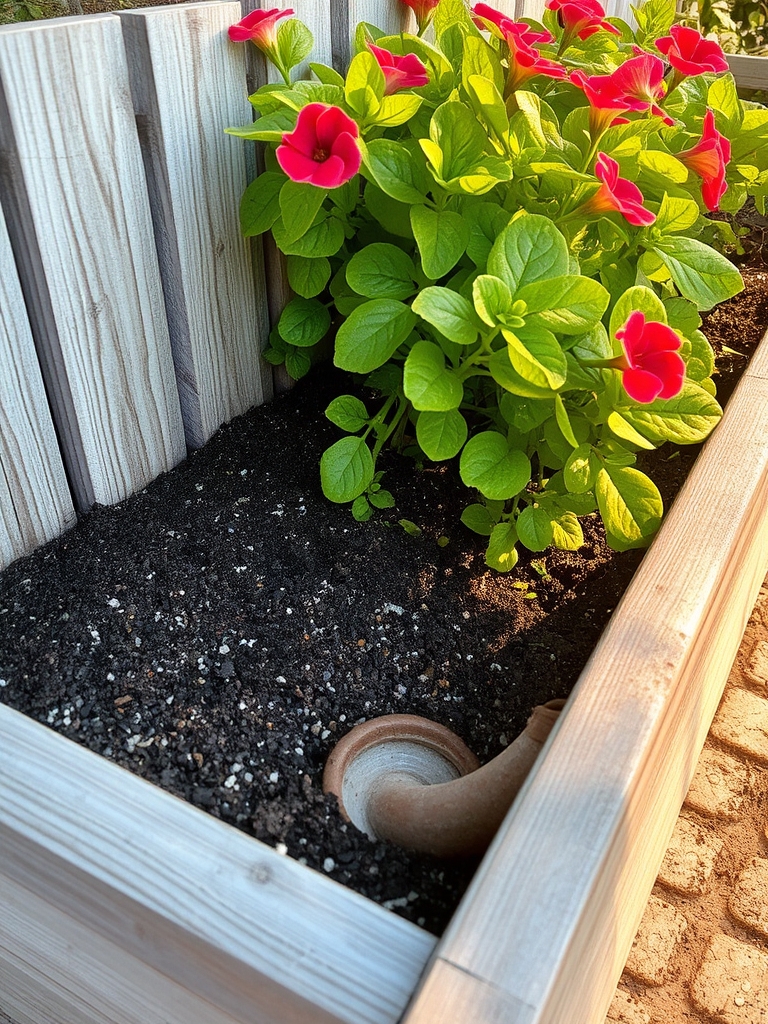
Proper drainage and water flow are vital in raised garden beds to prevent waterlogged soil and root rot. Guarantee the bed’s base allows for excess water to escape, and consider adding a slight incline or drainage materials like gravel or sand to facilitate water flow and prevent saturation.
Creating a Crop Rotation Strategy
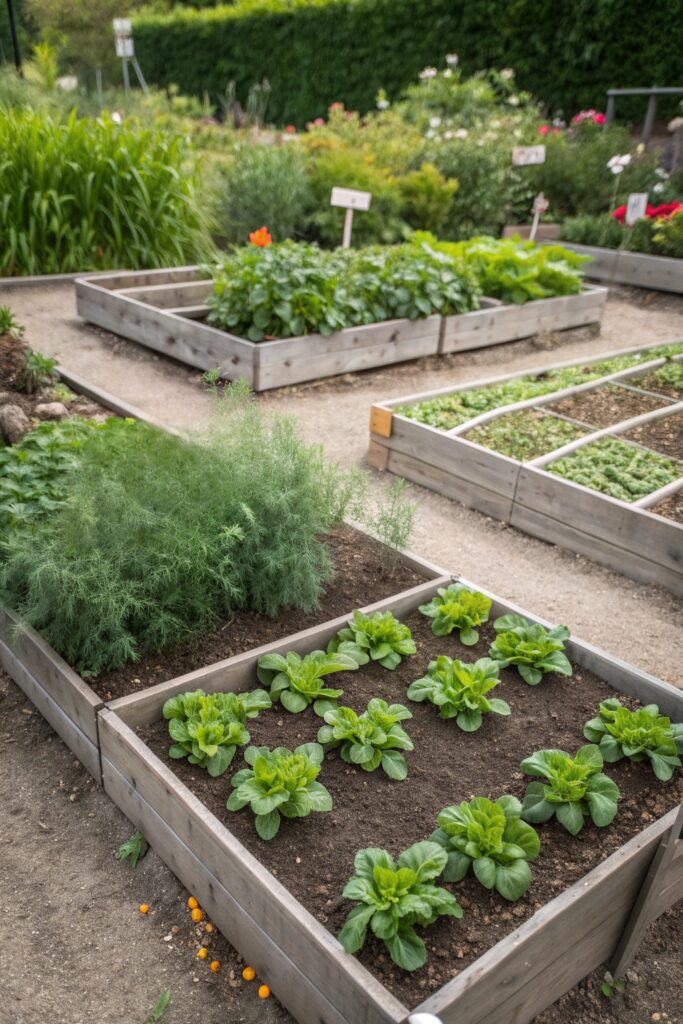
Creating a crop rotation strategy involves planning which plants to grow in each bed and when to switch them. This helps maintain soil health, reduces pests and diseases, and optimizes yield. Rotate plants from different families, such as leafy greens, root vegetables, and fruits, to create a diverse and thriving garden ecosystem.
Selecting the Best Materials for Your Raised Beds
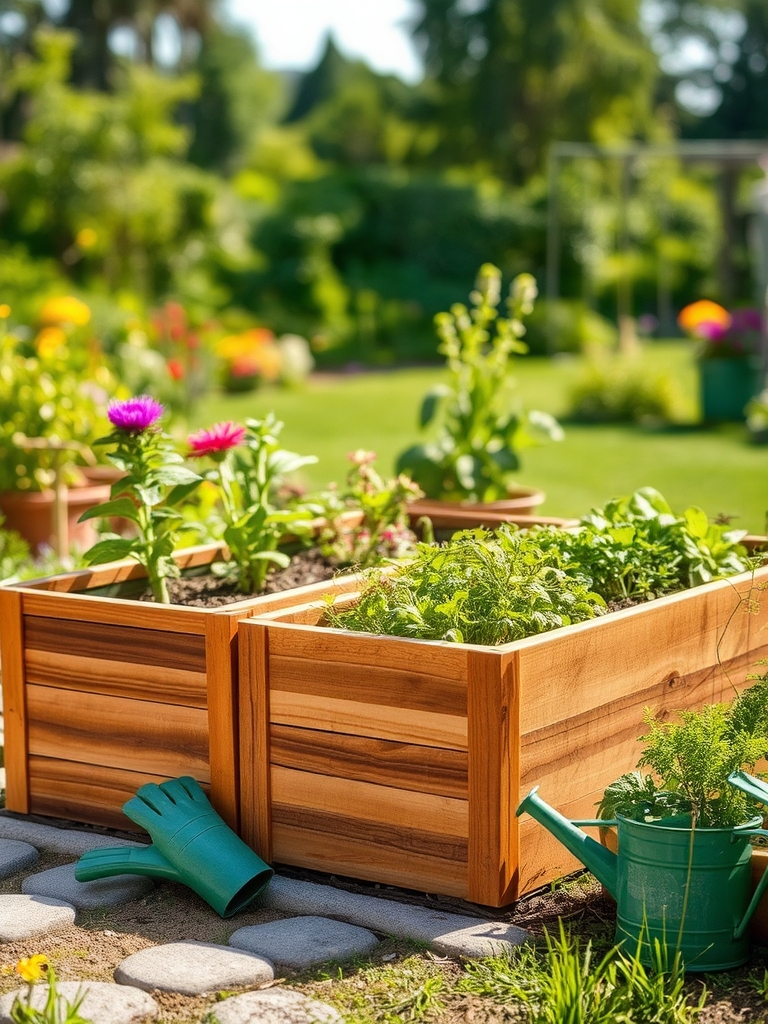
When selecting materials for raised beds, consider durability, sustainability, and aesthetics. Options include wood, composite, metal, and recycled plastic. Cedar and reclaimed wood are popular choices for their natural resistance to rot and insects, while metal and composite materials offer low-maintenance alternatives. Choose materials that fit your budget and garden style.
Designing Access Paths for Easy Maintenance
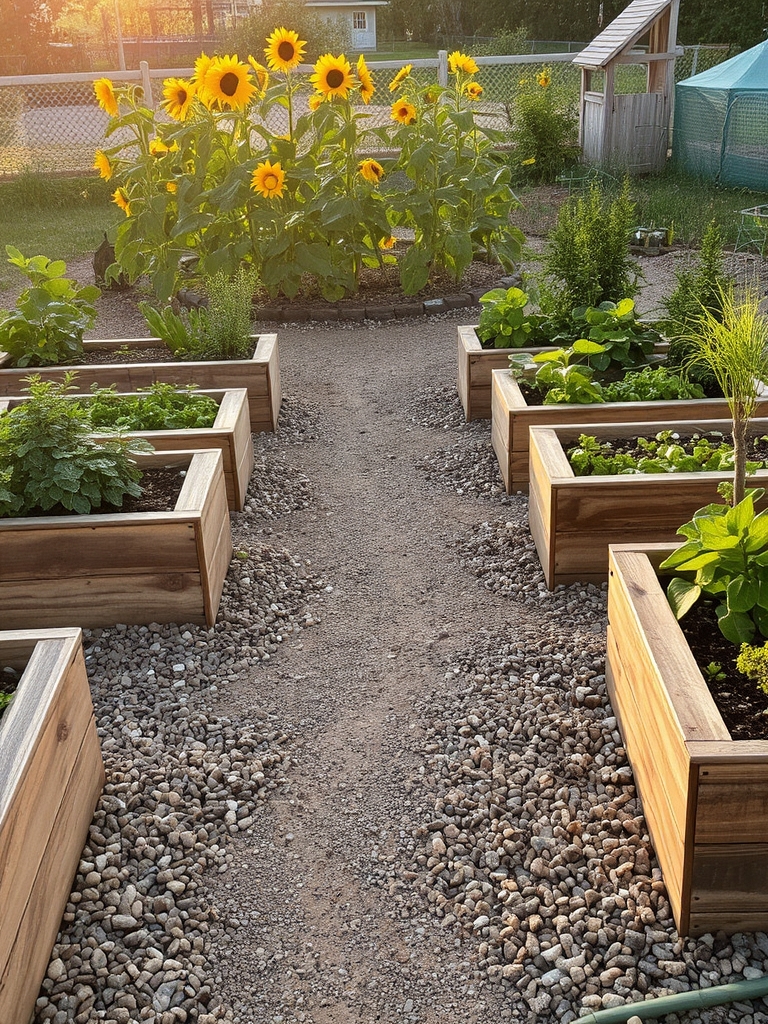
Designing access paths is vital for easy maintenance. Paths should be wide enough for comfortable walking and wheelbarrow access, typically 2-3 feet wide. Consider the material, such as wood chips or gravel, for good drainage and traction. A well-planned path system allows for efficient gardening and minimizes soil compaction, making it easier to tend to your raised garden beds.
Incorporating Companion Planting Techniques
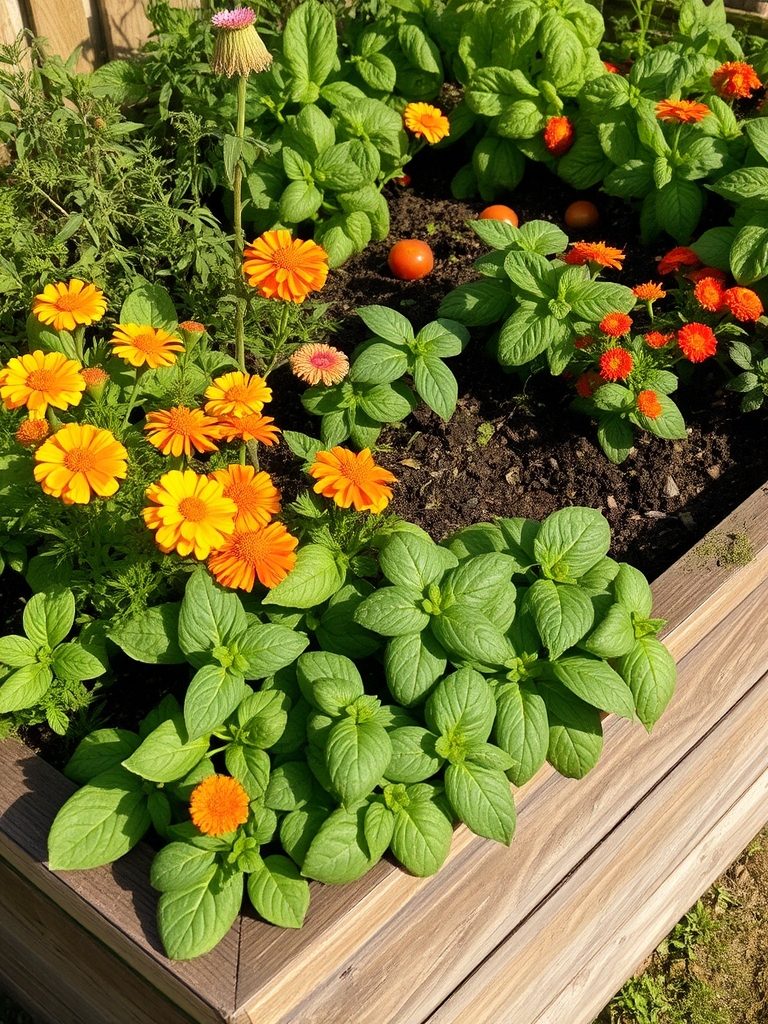
Incorporating companion planting techniques in raised garden beds involves pairing plants that benefit from each other’s growth, such as marigolds with tomatoes to deter nematodes or basil with lettuce to improve flavor. This method enhances growth, reduces pests, and increases biodiversity, creating a thriving and resilient garden ecosystem.
Building Raised Beds With Accessibility in Mind
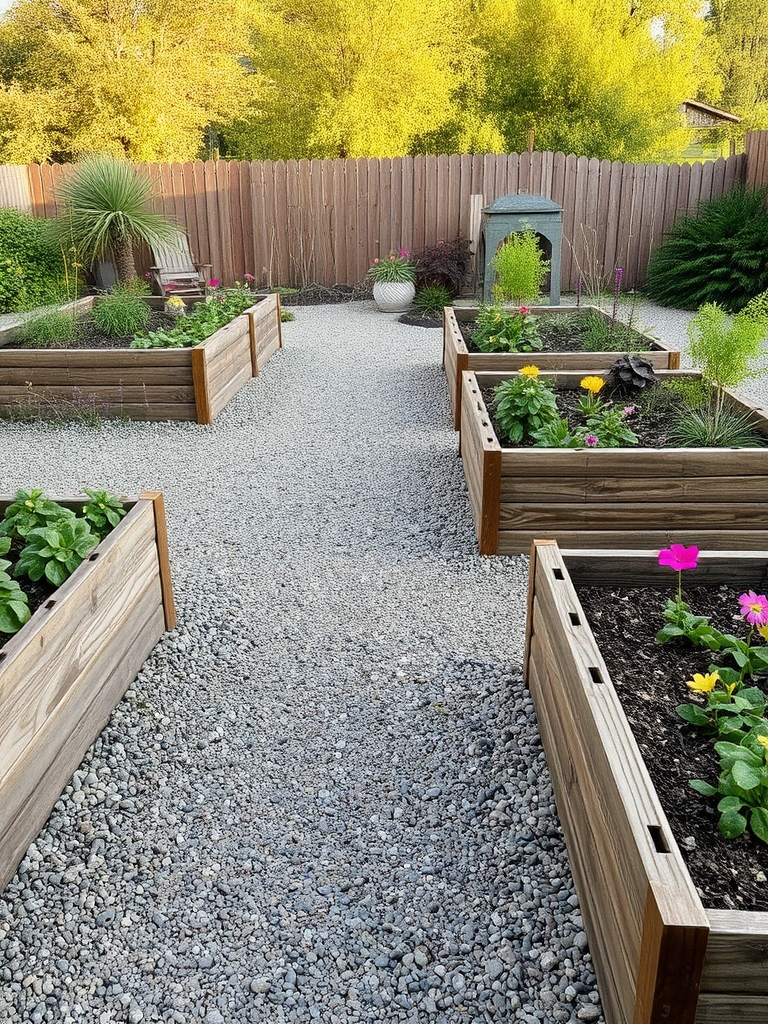
Raised garden beds can be designed with accessibility features for ease of use, including wide pathways, gentle slopes, and beds at a comfortable height to reduce bending and straining, making gardening possible for people with mobility issues. This allows all individuals to participate and enjoy gardening activities.
Utilizing Vertical Space With Trellises and Arbors
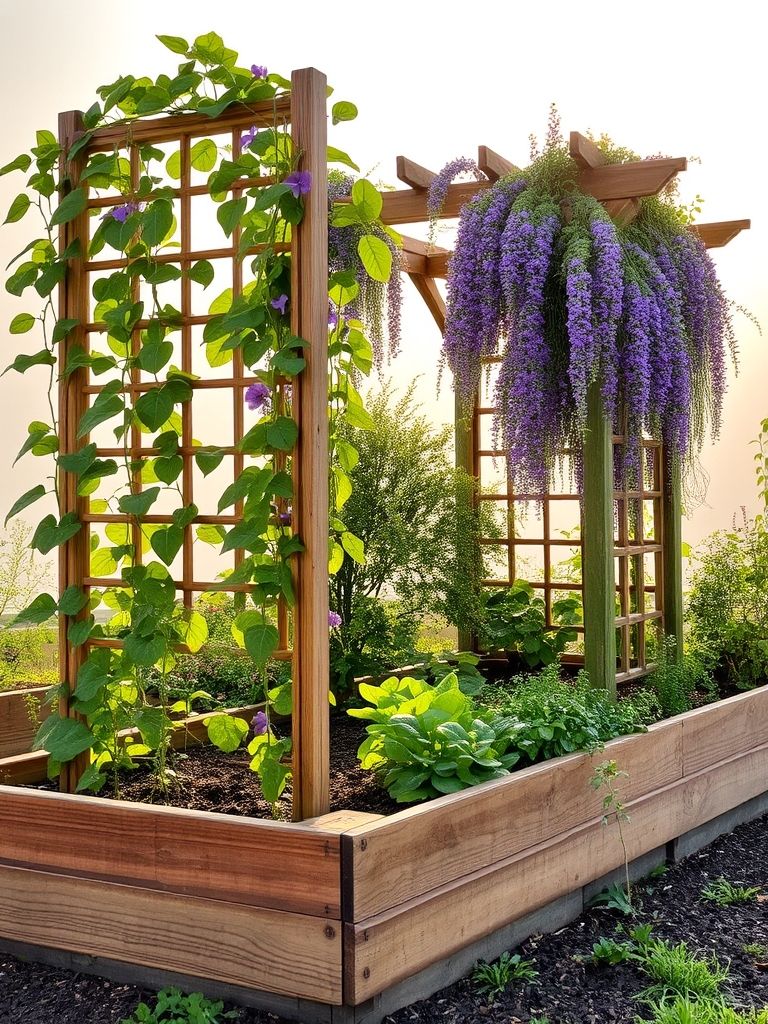
Maximize space in raised garden beds by incorporating trellises and arbors. These structures support climbing plants like vines, peas, and beans, keeping them upright and organized. This vertical gardening technique optimizes space, adds visual interest, and promotes healthy plant growth, making the most of your raised bed’s potential.
Implementing a Soil Management Plan
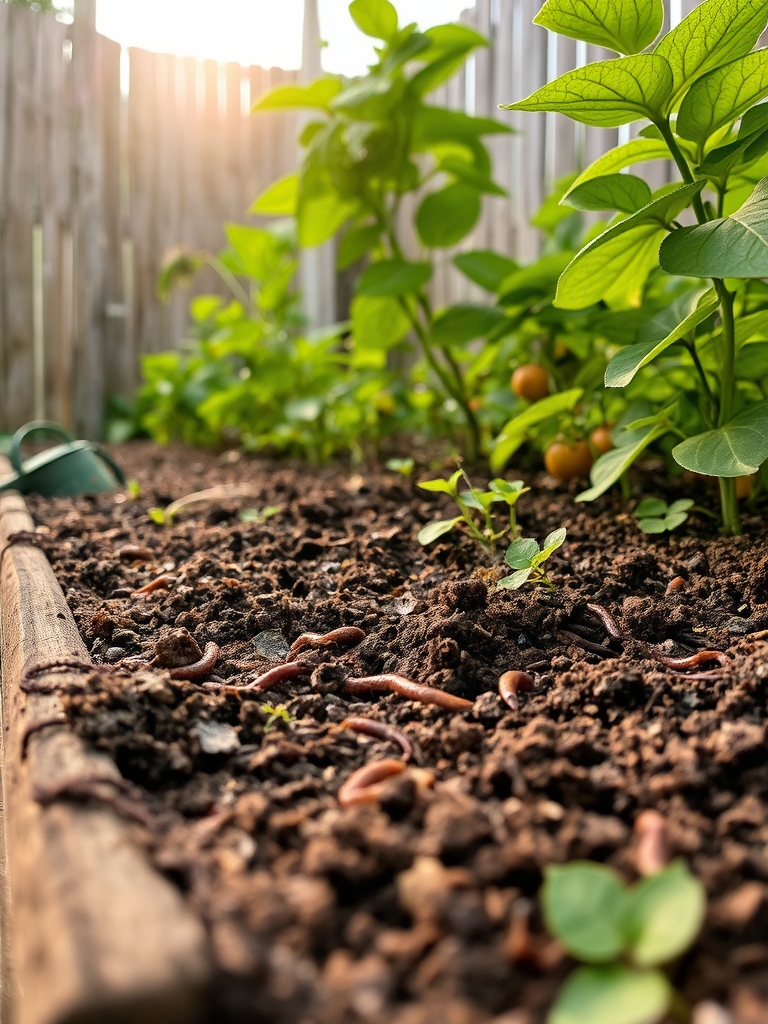
Implementing a soil management plan involves testing the soil type and pH level, adding organic matter, and using mulch or compost to retain moisture and suppress weeds. This helps create a fertile growing environment, improves drainage, and reduces the need for fertilizers and pesticides, resulting in healthier plants and increased crop yields in raised garden beds.
Adding Mulch and Ground Covers for Weed Control
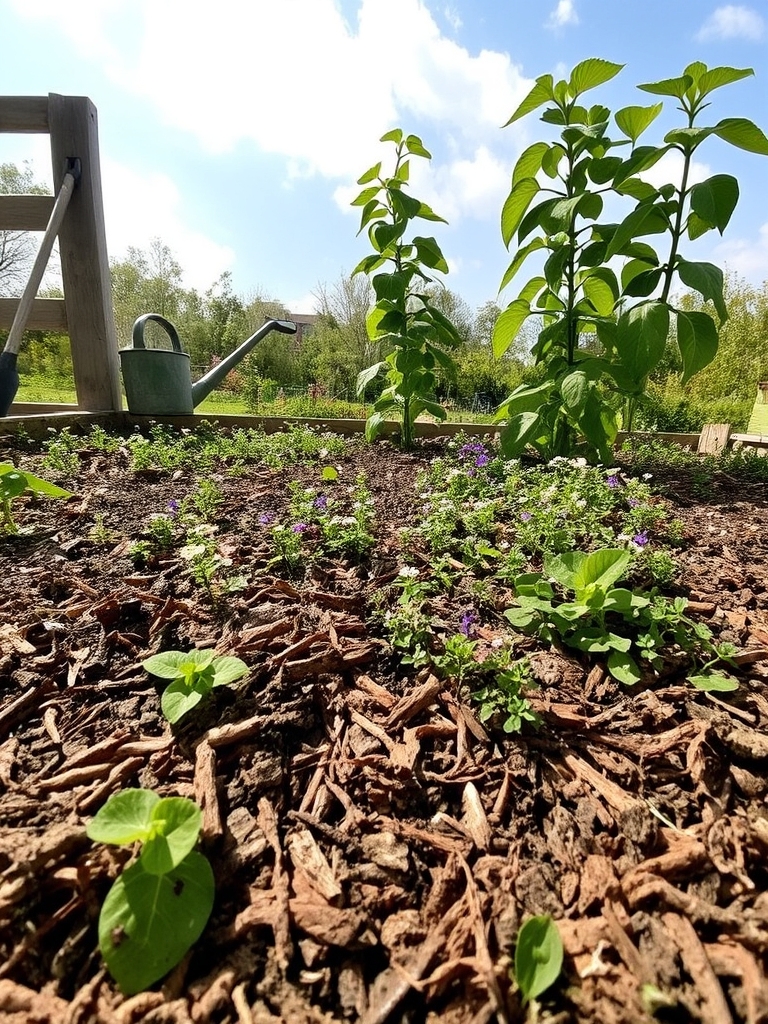
Adding mulch and ground covers is an effective way to control weeds in raised garden beds. Organic mulch suppresses weed growth, while ground covers like clover or creeping thyme choke out weeds and add visual appeal. These methods also help retain moisture and regulate soil temperature, creating a healthy environment for plants to thrive.
Designing for Year-Round Interest and Productivity
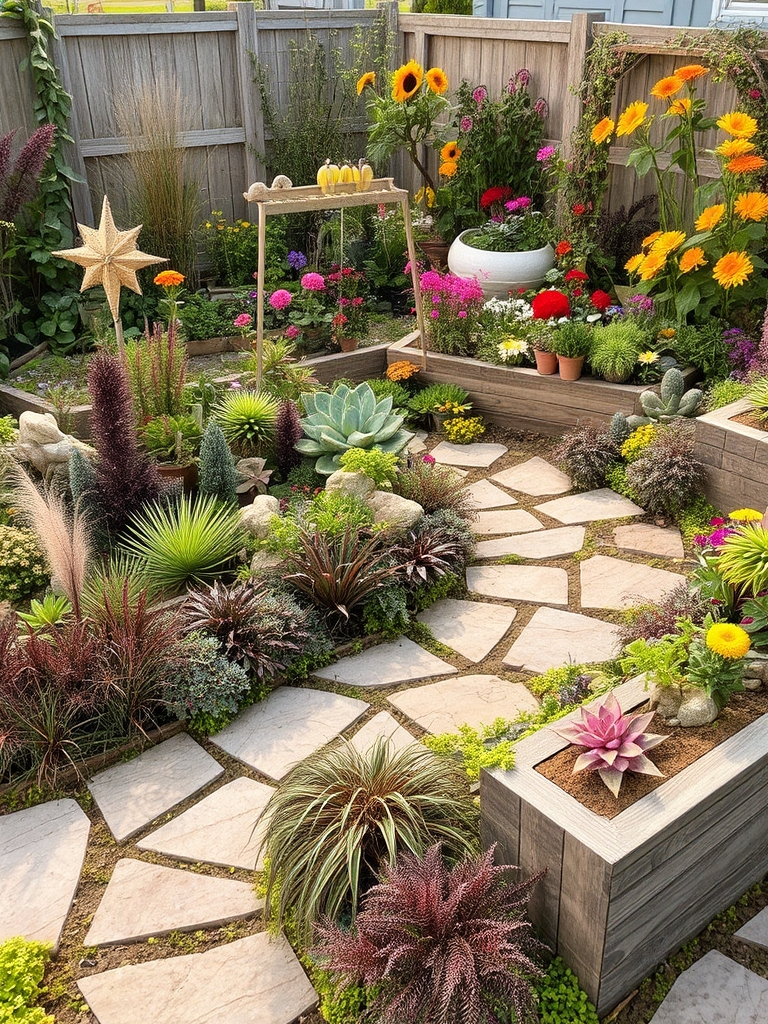
Designing for year-round interest and productivity involves strategically planning raised garden beds to thrive in every season. This includes choosing a mix of plants that bloom, produce, or provide structure during different times of the year, ensuring constant visual appeal and a consistent harvest.
Incorporating Aesthetic Elements for Visual Appeal
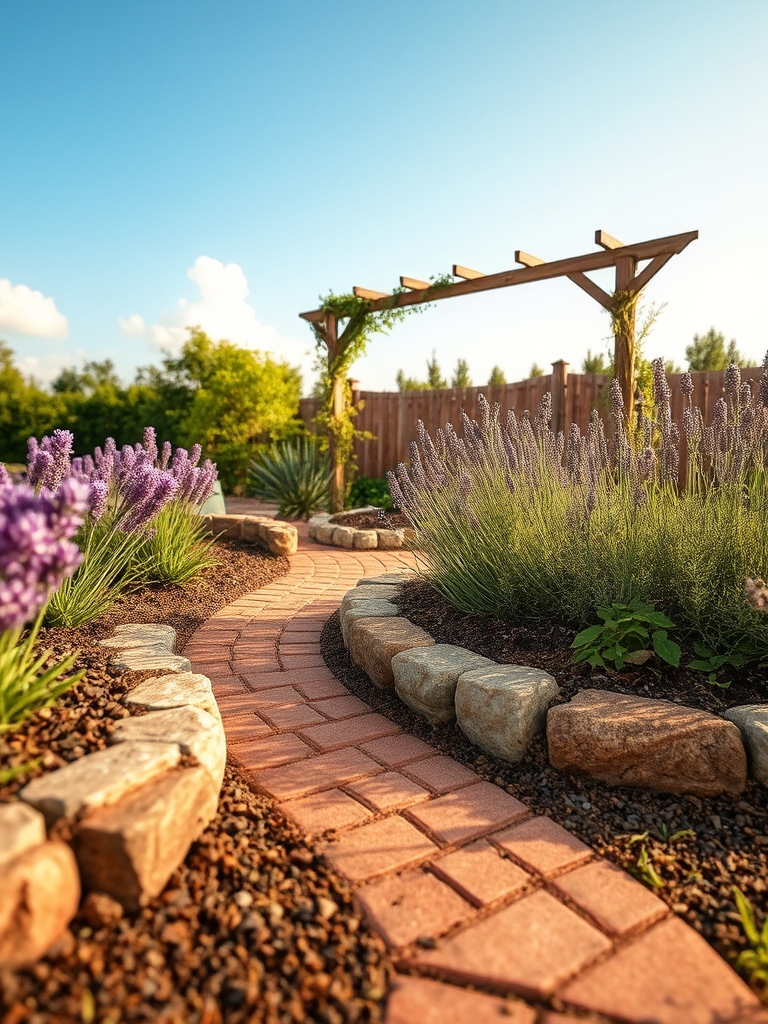
Incorporating aesthetic elements can elevate the visual appeal of raised garden beds. Consider adding decorative borders, pathways, and ornamental plants to create a beautiful and inviting space. This can include features like trellises, arbors, and sculptures to add texture, color, and interest to the overall design, making the garden a pleasure to behold.
Conclusion
You’ve crafted a masterpiece, a symphony of soil and sunlight, by following these 13 raised garden bed layout tips. Your yard is now a well-oiled machine, with each element working in harmony to produce a bounty of fresh produce, much like a skilled conductor leading an orchestra to a perfect crescendo, maximizing yields and minimizing maintenance.
